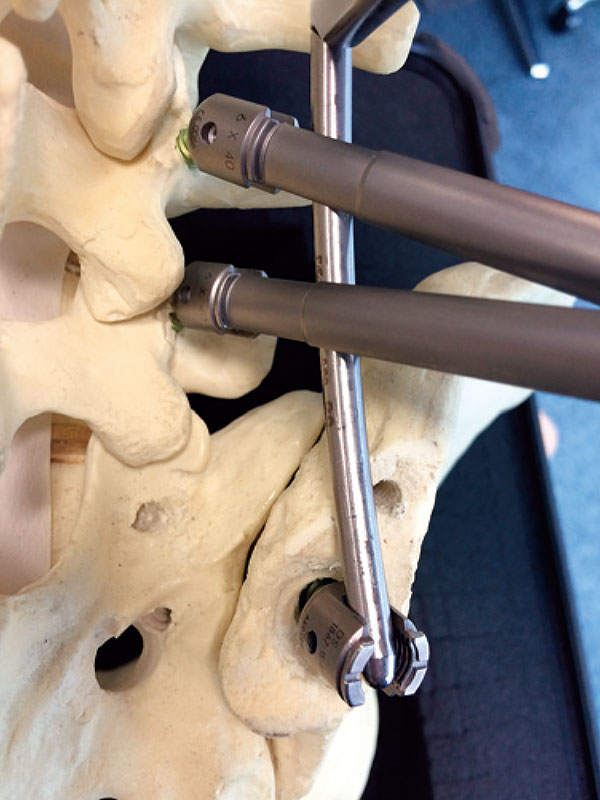- J-STAGE home
- /
- Spine Surgery and Related Rese ...
- /
- Volume 1 (2017) Issue 2
- /
- Article overview
-
Shotaro Fujino
Department of Orthopaedic Surgery, School of Medicine, Kitasato University
-
Masayuki Miyagi
Department of Orthopaedic Surgery, School of Medicine, Kitasato University
-
Shuichiro Tajima
Department of Orthopaedic Surgery, School of Medicine, Kitasato University
-
Takayuki Imura
Department of Orthopaedic Surgery, School of Medicine, Kitasato University
-
Ryo Tazawa
Department of Orthopaedic Surgery, School of Medicine, Kitasato University
-
Gen Inoue
Department of Orthopaedic Surgery, School of Medicine, Kitasato University
-
Toshiyuki Nakazawa
Department of Orthopaedic Surgery, School of Medicine, Kitasato University
-
Wataru Saito
Department of Orthopaedic Surgery, School of Medicine, Kitasato University
-
Eiki Shirasawa
Department of Orthopaedic Surgery, School of Medicine, Kitasato University
-
Hiroaki Minehara
Department of Orthopaedic Surgery, School of Medicine, Kitasato University
-
Terumasa Matsuura
Department of Orthopaedic Surgery, School of Medicine, Kitasato University
-
Tadashi Kawamura
Department of Orthopaedic Surgery, School of Medicine, Kitasato University
-
Kentaro Uchida
Department of Orthopaedic Surgery, School of Medicine, Kitasato University
-
Naonobu Takahira
Department of Orthopaedic Surgery, School of Medicine, Kitasato University Departments of Biomedical Engineering and Rehabilitation, Kitasato University School of Allied Health Sciences
-
Masashi Takaso
Department of Orthopaedic Surgery, School of Medicine, Kitasato University
2017 Volume 1 Issue 2 Pages 100-106
- Published: April 20, 2017 Received: December 05, 2016 Available on J-STAGE: December 20, 2017 Accepted: February 04, 2017 Advance online publication: - Revised: -
(compatible with EndNote, Reference Manager, ProCite, RefWorks)
(compatible with BibDesk, LaTeX)


